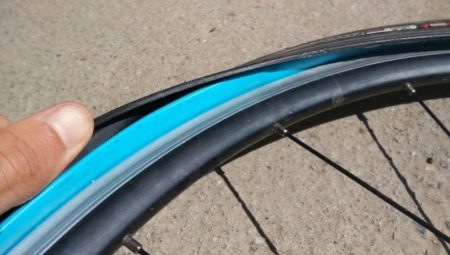It seems that there is nothing difficult in choosing a bicycle camera: you take any one that is suitable in diameter and do not think about anything else. In fact, before buying a camera for a bicycle, you should first familiarize yourself with important information that will help to reveal some points.
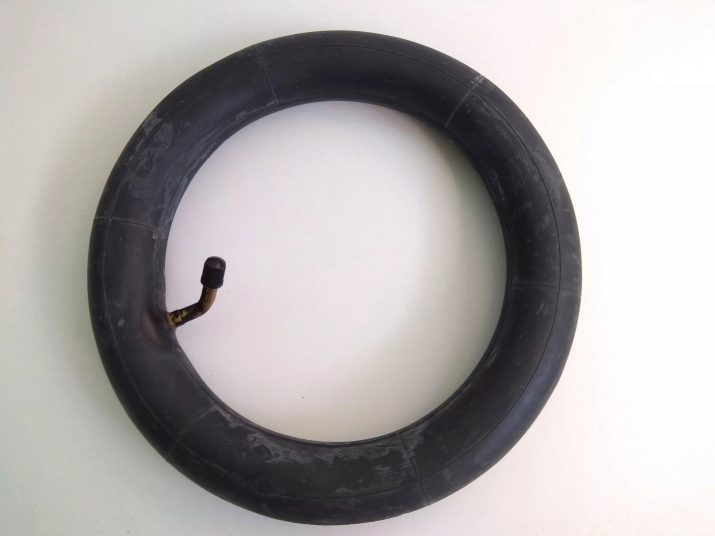
What is it and what is it for?
A cycle chamber is sometimes called a “donut” or a torus with elasticity. The torus is inserted into the rim of the wheels, after which it performs a shock-absorbing function, protecting the latter. Outside, the cam is protected by a tire cover.
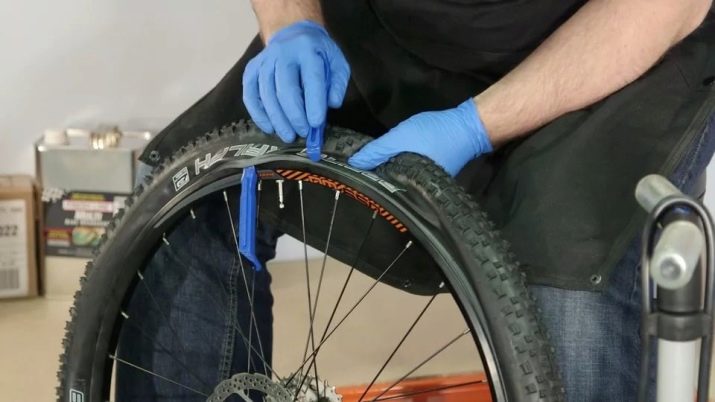
Materials of manufacture
The first cameras, which appeared at the end of the 19th century thanks to John Dunlop, were made of pure rubber. Today, no one uses this type of rubber, as it is expensive and not a necessity.
The modern type of rubber made from synthetic materials has a greater degree of reliability, is lighter in weight and much cheaper than its rubber progenitor.
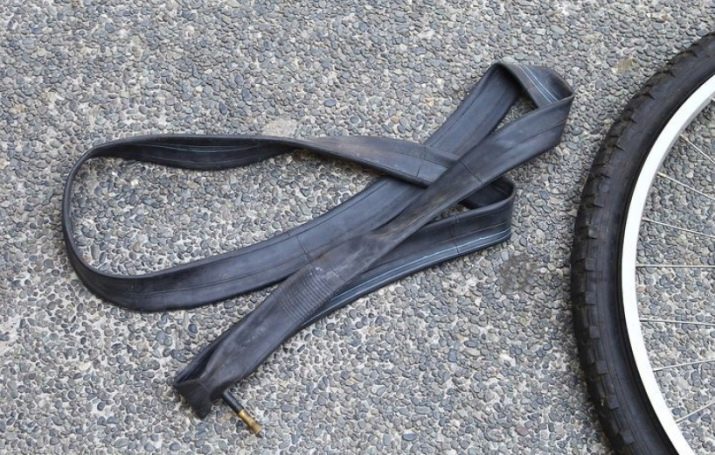
On sale now there are two types of camcorders: butyl rubber and latex.
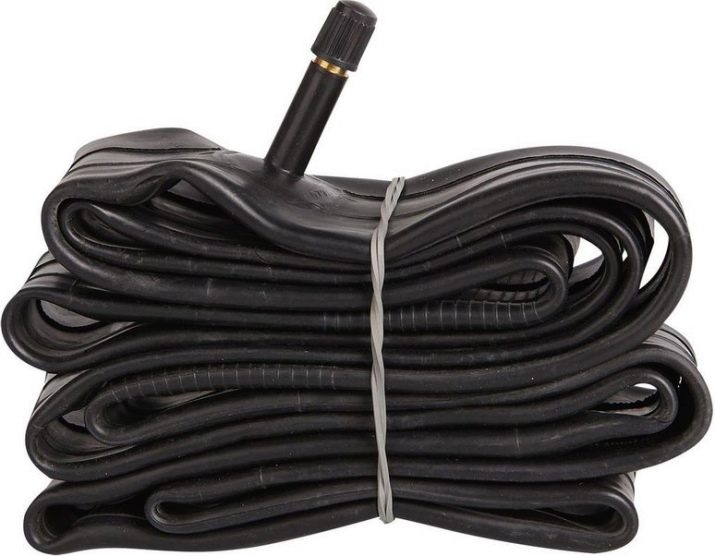
Consider each of the existing options.
Butyl rubber rubber is produced at the petrochemical element plants using artificial rubber.
99% of existing cycle cameras are made from this material.
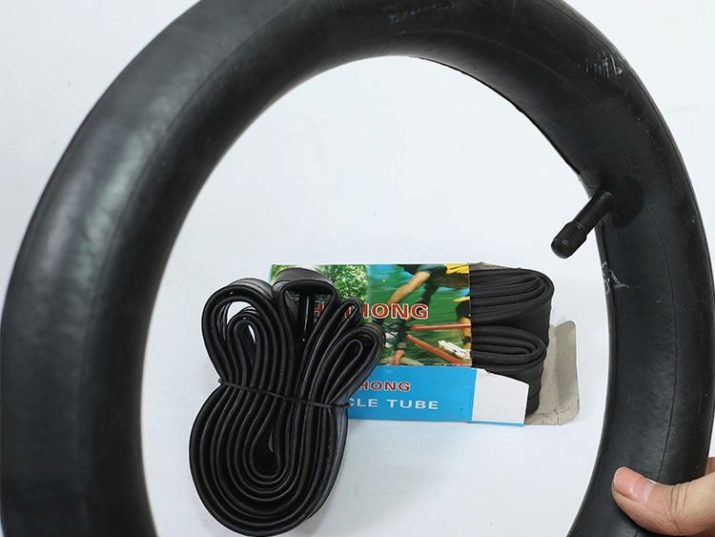
A better mixture, directly related to wear resistance, is used to produce expensive “bagels”. Cheap butyl chambers can tear at the joints of the nipples.
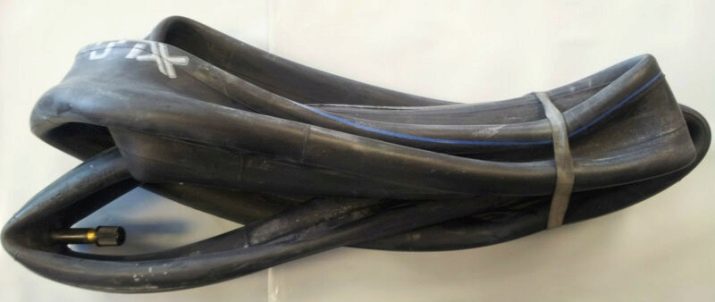
Latex rubber is lightweight, resistant to mechanical damage., such as a “snake bite”, characterized by breaking through the rim of the torus at several paired points during a sharp hit or hitting an acute angle.Note that this material has an overestimated price and low wear resistance.
Athletes who are often willing to change them, spending considerable amounts of money on this, give their choice to highway latex bicycle chambers.
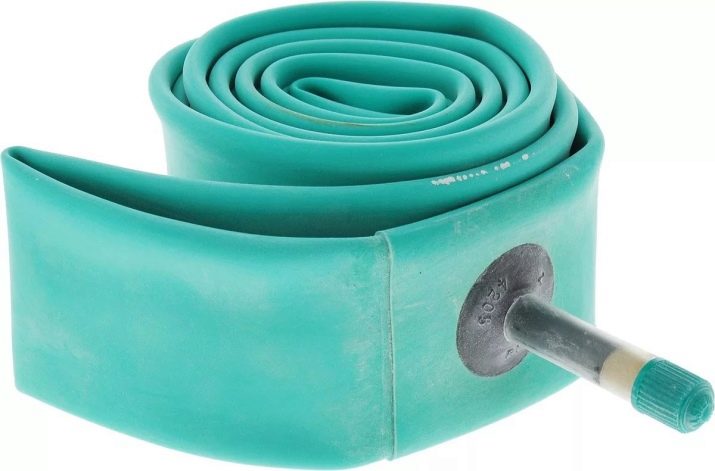
Dimensions
It’s not difficult to choose the right bike camera option, the main thing is to correctly determine its size, which is usually indicated on tires. Although it is rather difficult to do this after a puncture, as the marking numbers can easily be erased during operation.
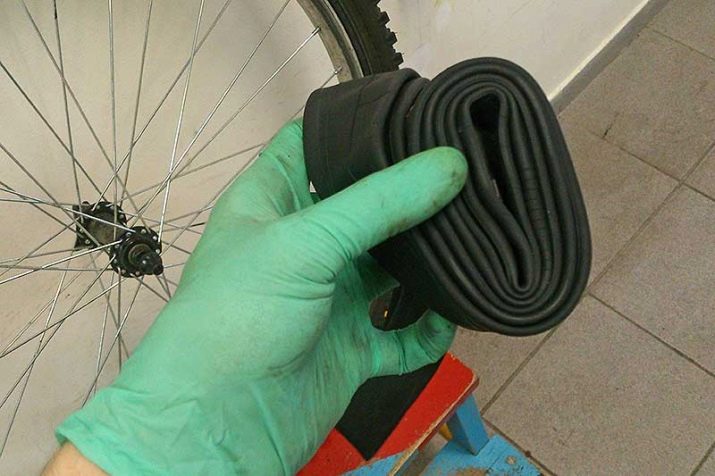
There is one general rule: never mount a larger camera.
A smaller diameter is acceptable, because a high level of elasticity will allow you to fill the free space, however, this is an unreliable system. So, for wheels with a size of 28 inches, 26 bike chambers are sometimes used. If you insert the camera more, then it will “bite” itself and burst after a certain distance.
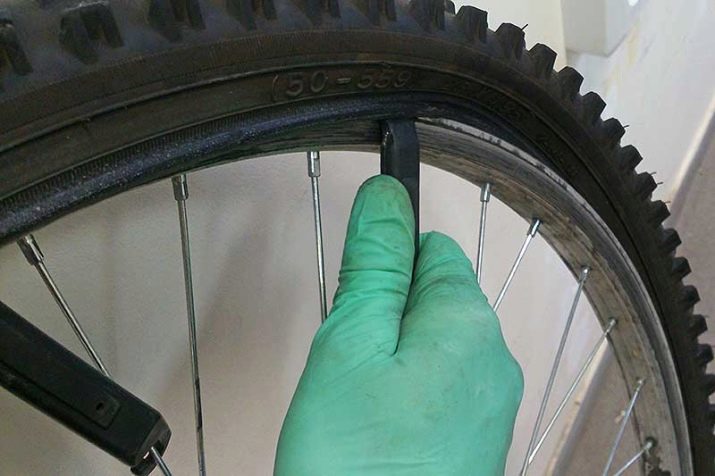
To maximize the life of the camera, you need to consider a couple of the most important details: volume and diameter. So, the Kenda Nevegal tire, which has parameters 559 by 50 millimeters, can accommodate cameras with a width of 1.9 to 2.1 mm and 26 mm in diameter.

In order to make it easier to understand how to find out the size of cameras, you can use the table below.
ISO standard values | Probable type of designation for a traditional marking system | Industries |
630 | 27x | A variation for rare types of road bikes. |
622 | 700С27х1 1 / 428x1 1 / 229х ("liners"), etc. | Road racing bikes. |
590 | 650A26x1 1 / 426x1 3/8 | Two-wheeled samples "Virage", "Prima". |
559 | 26x | One of the most common models of the standard type. A large number of mountain bikes, some road varieties, patterns for walking and so on. |
540 | 24x1 | Standard road vehicles for short athletes. |
507 | 24x | A popular bike standard with 24-inch wheels. |
457 | 22x | Models for children. |
451 | 20x1 1 / 820x1 1 / 420x1 3/8 | An occasionally occurring species of BMX, children's bikes. |
406 | 20x20x1 3/4 | The most popular standard BMX, bicycles for children, a folding bike (and from Russian manufacturers "Kama", "Desna", etc.) |
355-305 | 18x-16x | For children or folding bikes. |
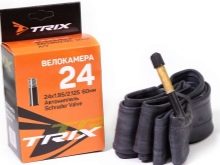
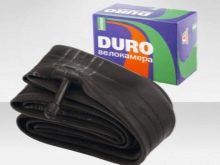
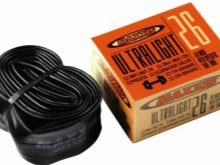
The most popular cameras are now considered such sizes 26, 20, 28, 29, 8, 18 and 16:
- 16 and 18 sizes are suitable for children's bicycles;
- 20 and 22 are mounted on vehicles for adolescents;
- 26-inch equip bicycles for the mountains;
- All other sizes presented are suitable for adult models.

What does the labeling mean?
As mentioned above, the diameter and width in inches or mm (26-1.90 or 37-622) are indicated on the tire of each wheel.
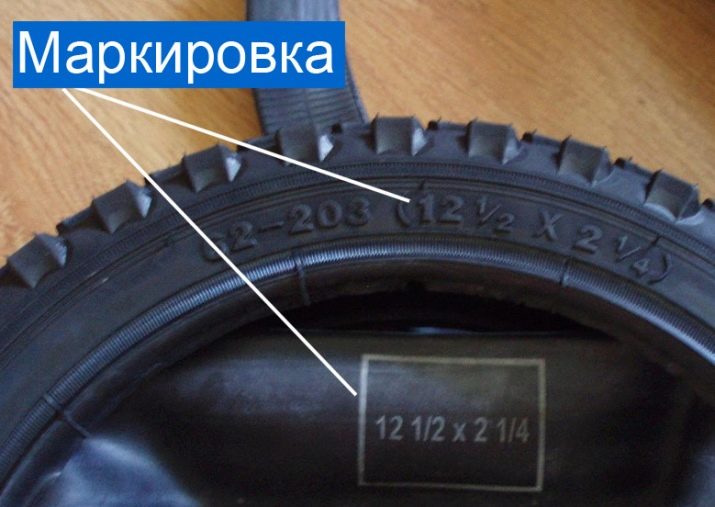
The most convenient is the marking created by the developers of the international organization. This marking view includes all sizes. It is designated as follows - ISO 5775.
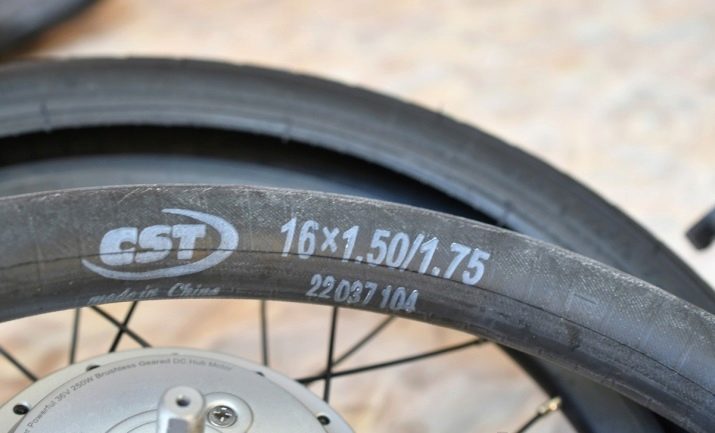
Let's analyze this example - 28-622, where:
- 28 is a measure of width;
- 622 is the inner diameter.
Marking tires 28x1 1/8, which in inches, will indicate the following:
- 28 is an indicator of the outer diameter;
- therefore, 1 1/8 is the width.
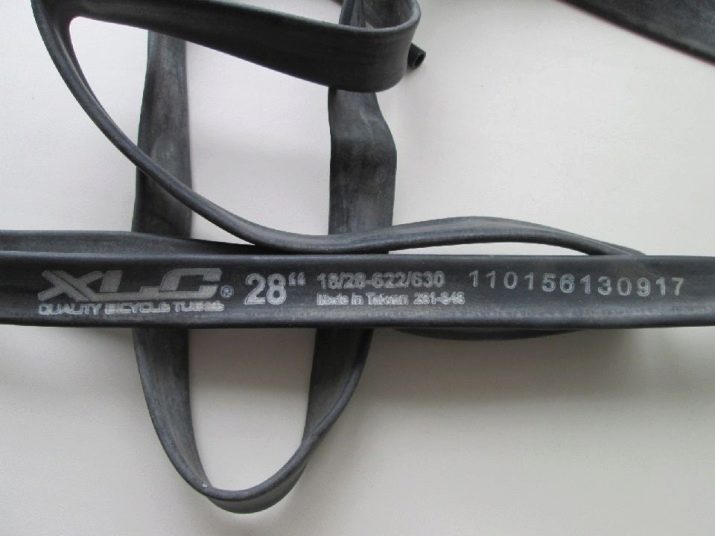
The decoding of the marking having several numbers 29x1 5/8-x1 1/38 is as follows:
- the indicator of the outer diameter is 29;
- 1 5/8 denotes the height of the tire;
- 1 3/8 - width.
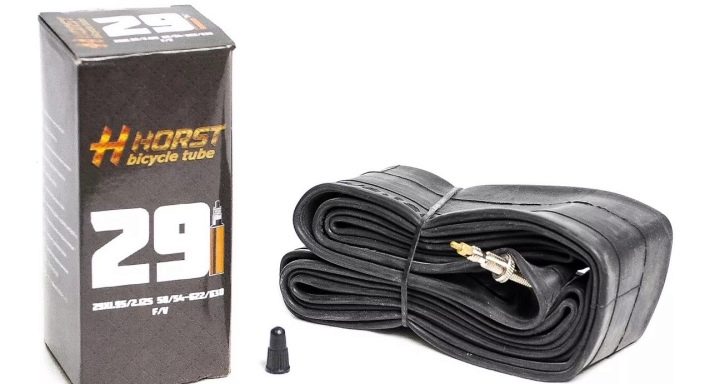
In France, labeling is prescribed in ml. For example, 800x35C will mean:
- outer diameter is 800;
- 35 is a measure of width;
- the letter denotes an inner diameter of 622 mm.
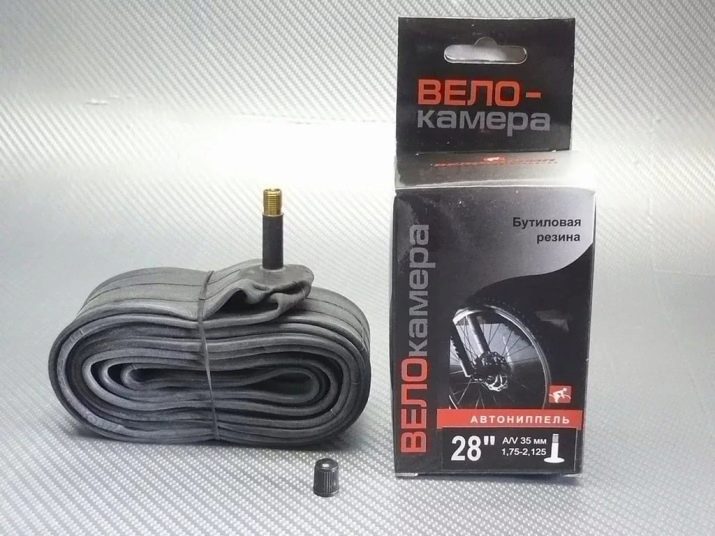
The old marking was prescribed 533x38 ml:
- the first number is the diameter;
- the second is the width.
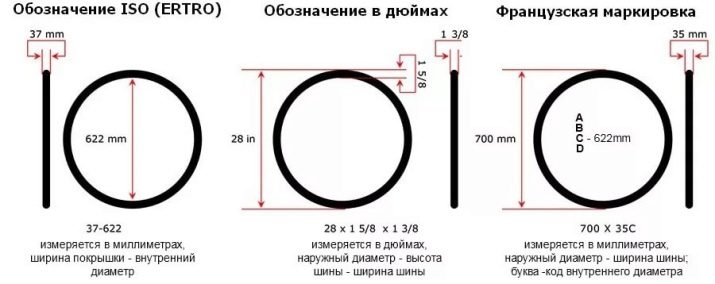
Nipple types
To keep pressure inside the chamber, a nipple is used. It comes in several forms.
- Dunlop. It is considered an obsolete type of nipple, which is quite rare in our time can be found on bicycles. Today they are installed only on children's models and on road-type vehicles.
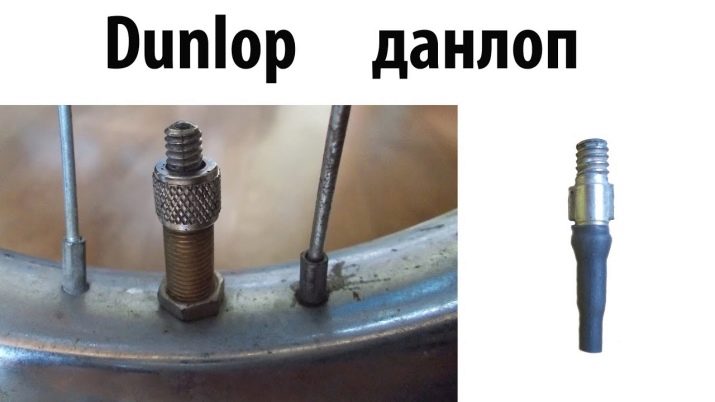
- Presta Nipples are becoming increasingly popular. Cameras of this type are increasingly used to complete both racing and sports vehicles, as well as mid-range models.
These are the thinnest nipples, which reach a width of only 6 mm and have a weight of 4 to 5 grams.

- Shrader - it is the most common type of nipple, having a cylindrical appearance, with a thread. The main advantage is the prevalence, thanks to which you can pump up the wheels with any pump. This type of nipple is called automobile. Its indicators: Ø 8-8.5 mm
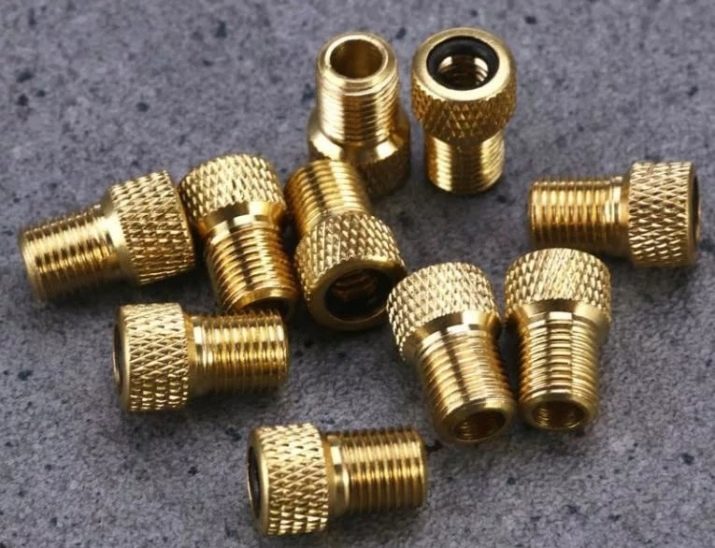
Popular models
The degree of quality and reliability of the most popular and technologically advanced bicycle cameras cannot give rise to any doubt. We give a rating of the most popular and best species.
- Maxxis Welter Weight - These are standard bicycle cameras that are used by a large number of people. Their thickness is up to 0.9 mm, therefore, they are resistant to various punctures, having a relatively small mass. They are mounted on various bicycles, as their size range is extensive.
It is possible to apply with nipples of 50-60 mm.
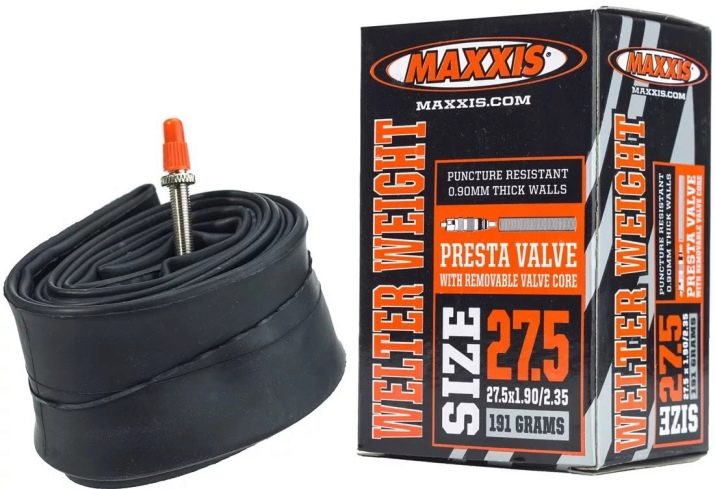
- Duro - This is a bicycle camera that is in no way inferior to the most expensive brands. Suitable for bicycles with 26-inch wheels. The most important factor is the presence of a bicycle chain.
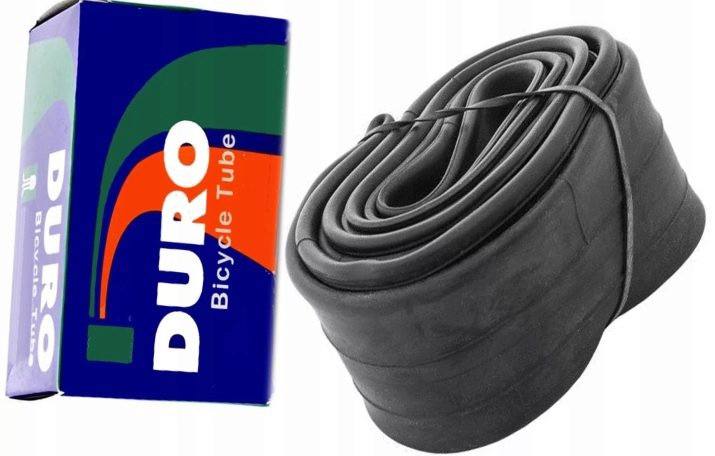
- Maxxis Ultra-Light used for sports. They have a small thickness of 6 mm and a small weight. The cycle chamber was reduced by 20%. The assortment is small, but it is enough for consumers.
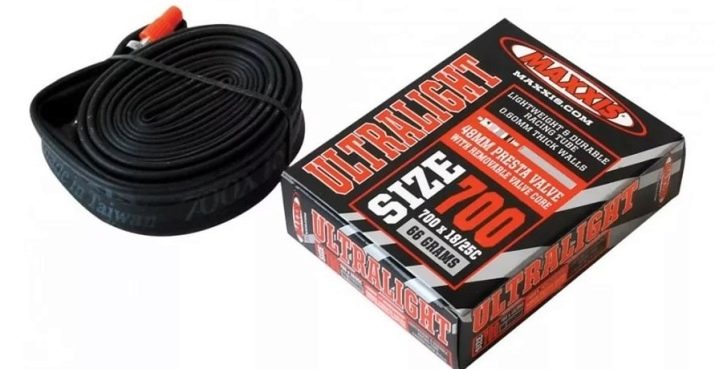
- Kenda - Bicycle chambers suitable for walking in parks, in the city or in the fields. They are designed for a diameter of 26 inches. The low price is characteristic. Auto loops fit.
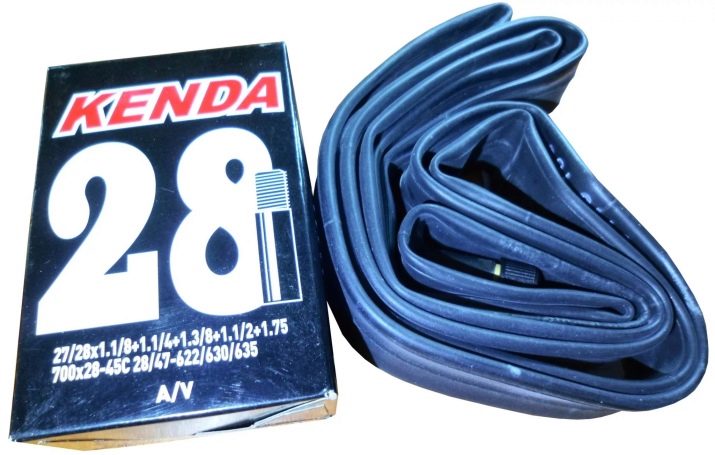
- Maxxis flyweight - cameras with special lightness. They were loved by professionals, since the thickness is only 0.4. Equipped with ultra-light flipper, which helps in getting rid of excess weight. Presta nipples are suitable: 700x18 / 25C, 26X1x1.9 / 2.125.
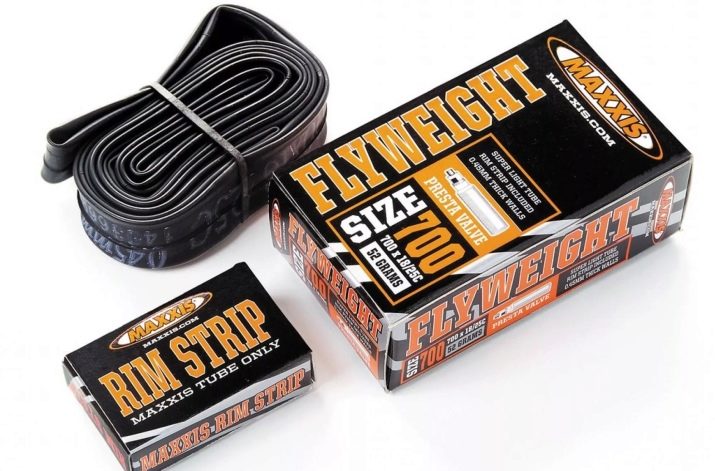
- Maxxis freeride excellent for extreme driving. Camera weight - 292 grams, thickness - 1.2 mm. The first parameter is considered large, but it fully justifies itself. They use tires from 2.2 to 2.5 inches.
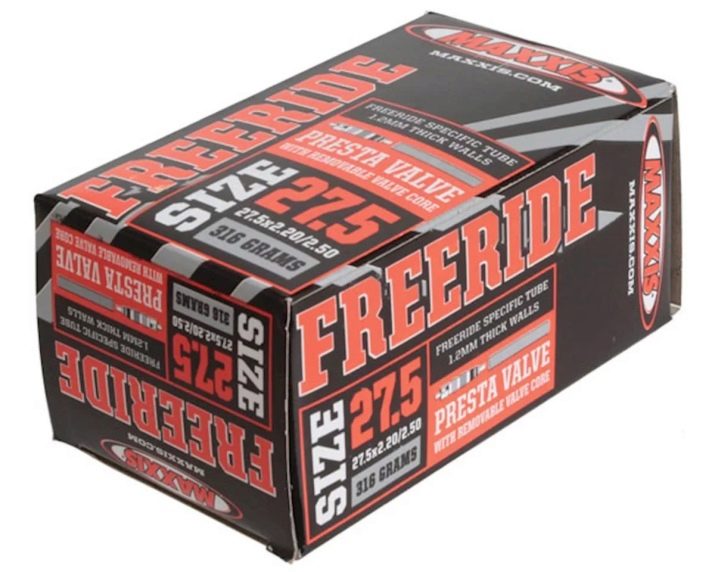
- Foss - a chamber that bleeds air more slowly than the rest, which is due to the built-in protection. Sizes - 23C-25C. Used with French Presta nipples.
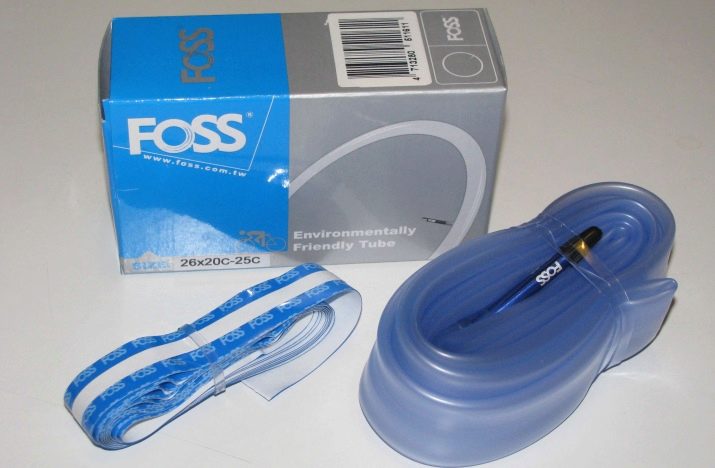
- Maxxis downhill - These are impenetrable cycle chambers that are used under abnormal conditions. Allowed movement even with low pressure inside the chamber. Weight is 460 grams and thickness is 1.5 mm. Such cycle chambers will ensure safe movement even when descending from the mountains.

Anti-puncture bicycles
An anti-puncture chamber is one that has a special substance inside. If a puncture is formed, then the air begins to blow it, and it, due to its properties, clogs the resulting hole. Using such constructions, you will forever get rid of worries for small punctures from thorns, glasses and even nails.

There are cameras in which the anti-puncture has already been filled. For example, CST produces a ready-made version of such a bicycle camera.

How to choose?
To summarize all of the above: by purchasing a bicycle camera, Pay particular attention to the following indicators:
- colonic sedimentary diameter;
- permissible tire width;
- type of nipple used.
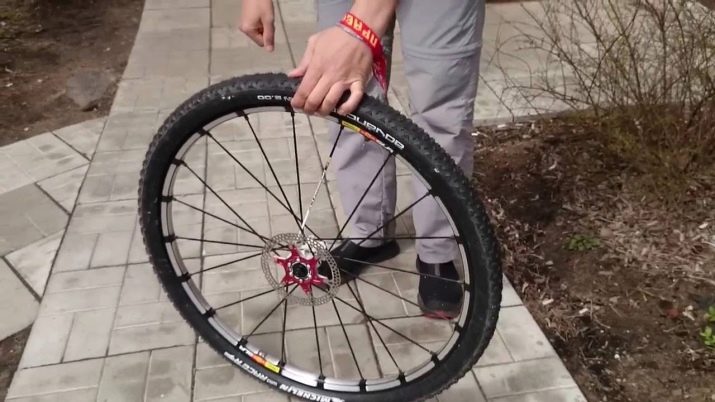
To remove the tire from the wheels without special tools you need to be a highly qualified specialist. If you do not have certain skills, use the installers - special blades that are sold in sets.
Do not forget to buy a pump to not only install the bicycle chambers, but also to use it further by pumping down the flat wheels.
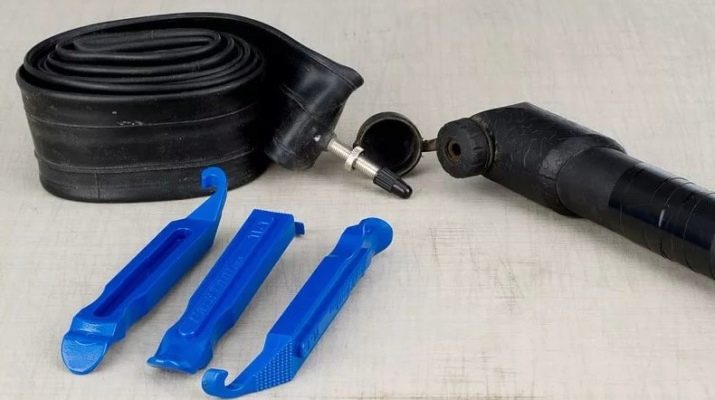
The following video provides a video tutorial on replacing a bicycle camera using a mountain bike with rim brakes as an example.
